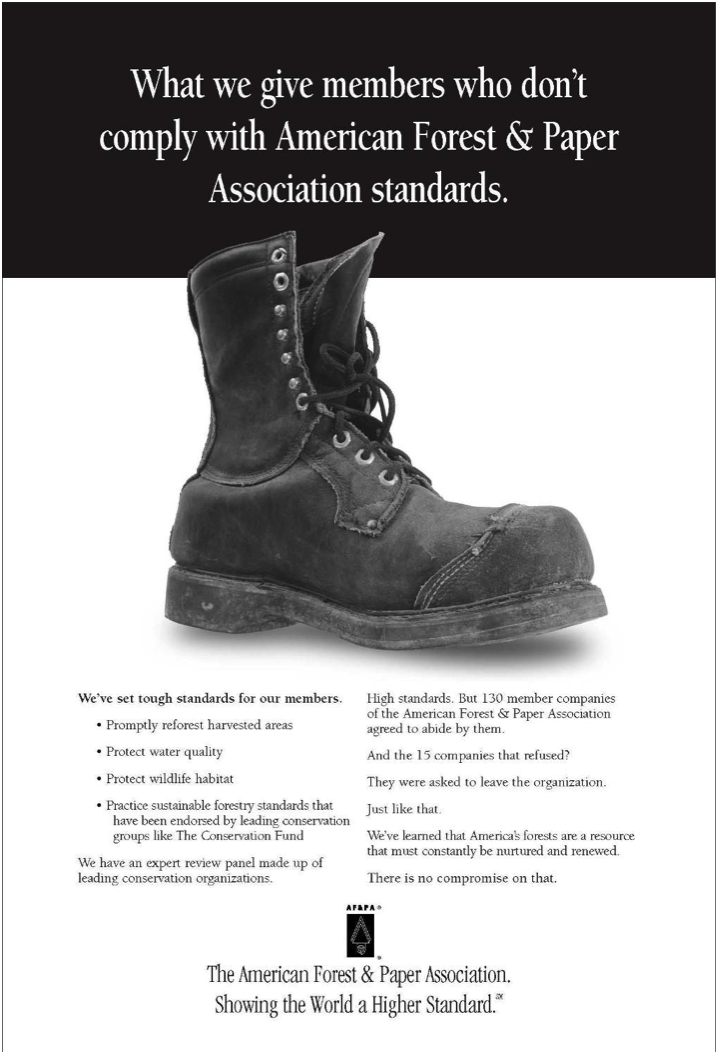The short answer: Yes.
If you want to know why and how, keep reading.
Industries need to manage their reputations just as individual companies do. The need can come about as a reaction to a challenge or to maximize market opportunities. Regardless of the current climate and challenge or opportunity at hand, the “licenses to operate” construct is a powerful foundation to employ when positioning an industry.
An industry needs three types of licenses to operate: First, it needs political license, the legislative and regulatory underpinnings that frame its legal operating territory. Second, it needs economic license, a degree of acceptance in the market and a cost structure that makes it viable. Finally, it needs social license, acceptance of its behaviors by society.
While each license can and should be monitored and managed independently, they are interrelated. Socially unpopular industries tend to attract the negative attention of legislators and regulators, which eventually hampers the industry’s ability to thrive economically. This challenge should be addressed with all three licenses in mind—as the U.S. forest and paper products industry did successfully.
An Industry Success Story
The U.S. forest and paper products industry illustrates how an industry and its association addressed a challenge to not only the industry’s reputation, but to its very existence.
As this industry entered the 1990s, it was in an increasingly precarious position, with each one of its licenses to operate under threat:
- Social esteem had diminished. Americans love wood and paper, but two-thirds of the population thought the industry harmed the environment. Seven in ten reported actively looking for alternatives to paper and wood, and four in five wanted logging operations stopped or seriously curtailed. Other industries targeted both the industry and its customers.
- Political pressure began to hit critical mass. National and state forests were being restricted or put off-limits, while State Omnibus Forest Management Acts threatened other wooded sectors and content mandates threatened most product lines.
- Economic conditions got tougher. The cost of conforming to environmental regulations grew; faster, cheap imports exempt from environmental regulations flooded the market; and the pulp supply was diminishing, in part because of regulatory and tax loads.
Motivation research led to the following map of the rational-emotional linkages tied to environmental stewardship, which was identified as the framework for perceptions of the forest and paper products industry:
Using this information, the industry landed on a comprehensive Big Idea for their strategic positioning moving forward: balanced stewardship. Tangible support elements included availability of wilderness areas and protection of wildlife; sound forest management science; and a skilled, educated workforce of people who loved the outdoors. But the emotional drivers were a critical component of the positioning. With a foundation of trust in mind, the industry also committed to a companion action strategy that focused on commonly coveted goals (abundant forests and healthy wildlife) protected by sound science and technology (the Sustainable Forestry Initiative) and guided by men and woman who shared a love of the outdoors.
Today, this industry continues to be one of the largest manufacturing sectors in the U.S., employing hundreds of thousands of workers in a range of forestry and manufacturing jobs, and producing products that touch everyone.
Importantly, on the flip side, industries that are booming economically may receive more positive media coverage and social media buzz, leading to potential support from legislators looking to encourage economic development and please constituents. Here, opportunities abound, and smart positioning that’s cognizant of all three licenses to operate will allow the industry to thrive in the short-, medium and long-term.
Building a platform that addresses all three licenses to operate can help an industry defend—or build—its reputation and improve opportunities for its members. Furthermore, committing to a platform for a set time period and developing a plan to measure its success can lead to member confidence and support. Want more details, tips or examples on reputation management? Contact Anne Aldrich.






